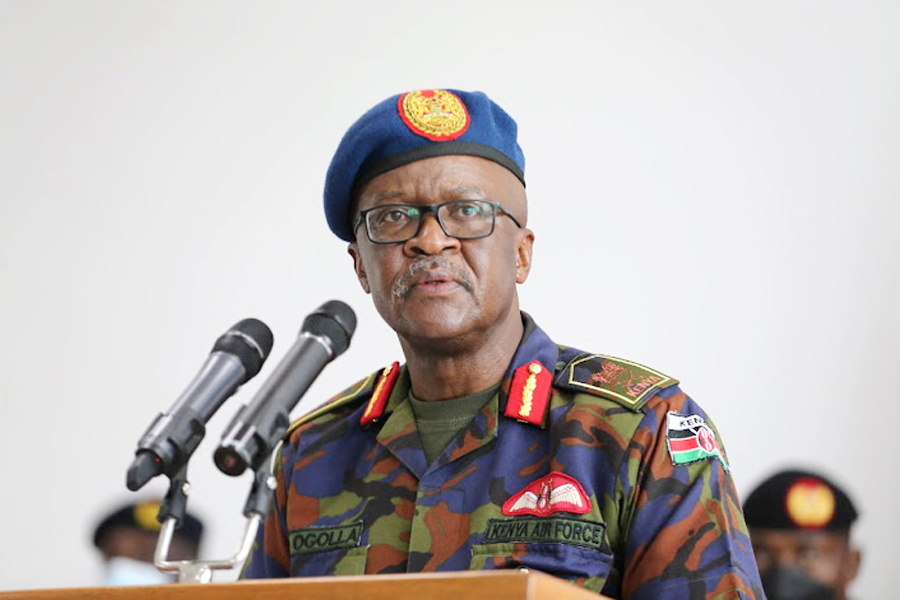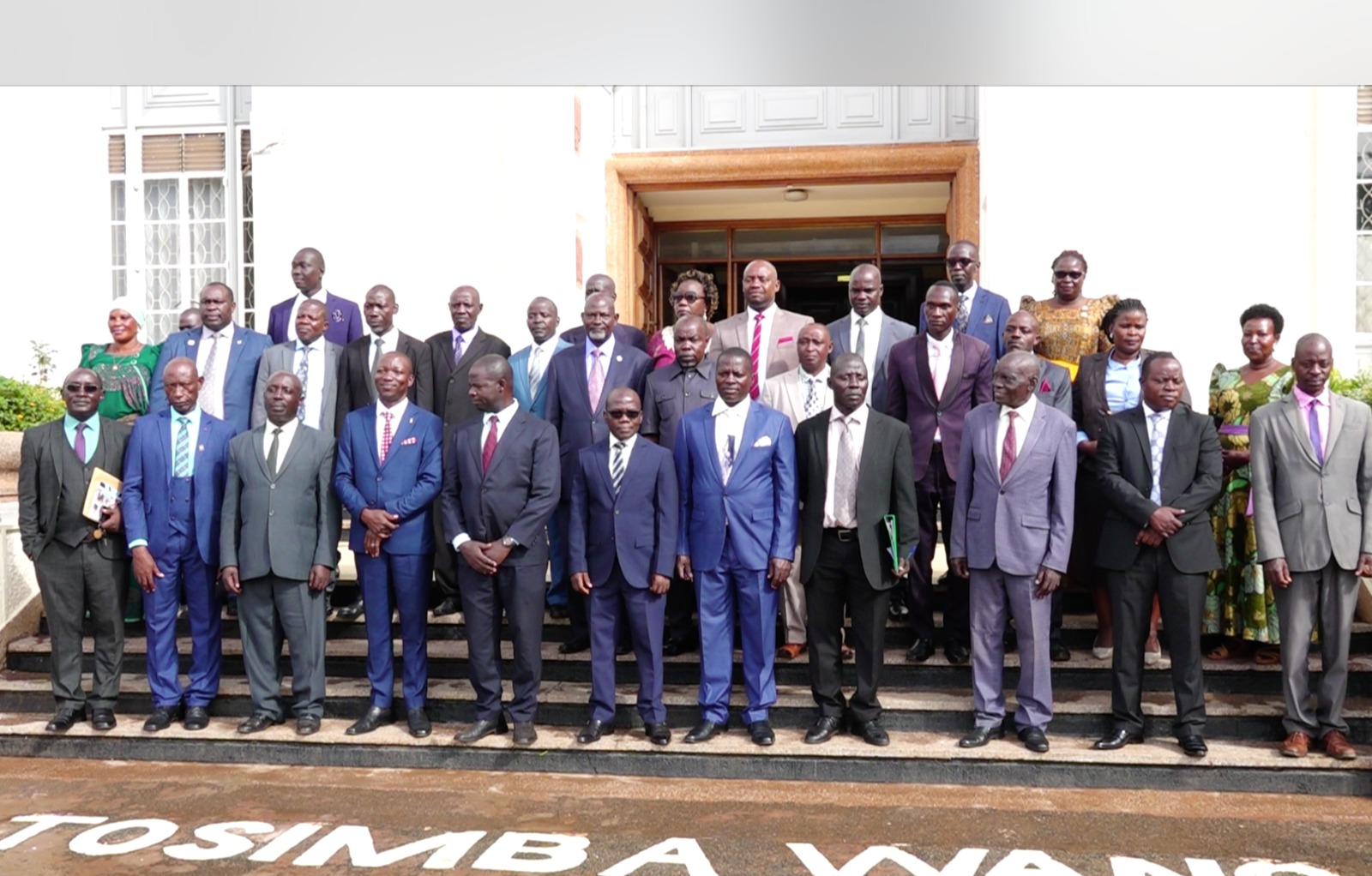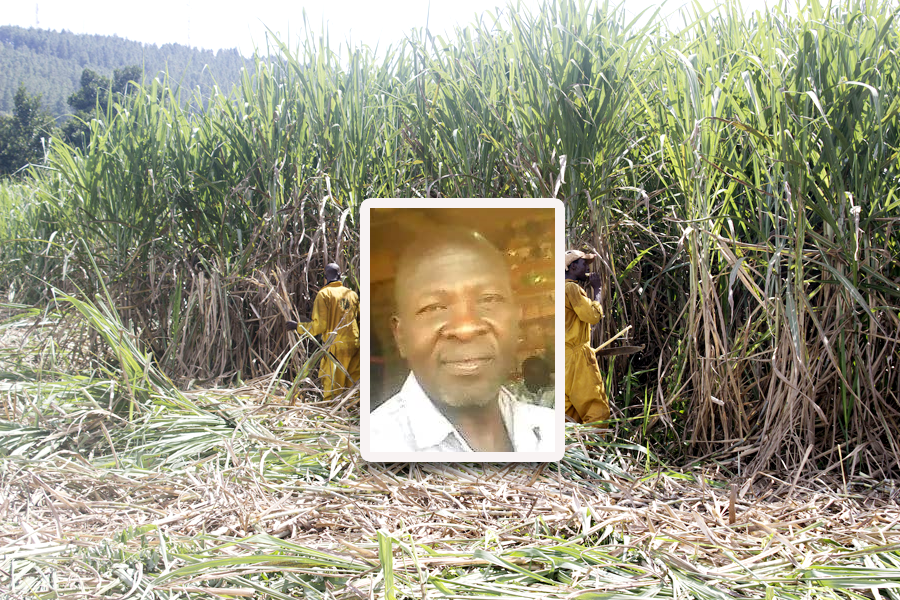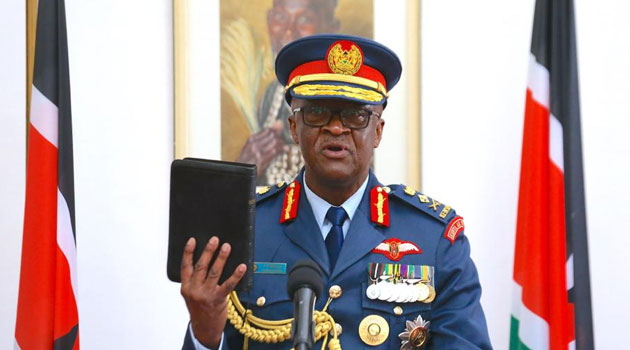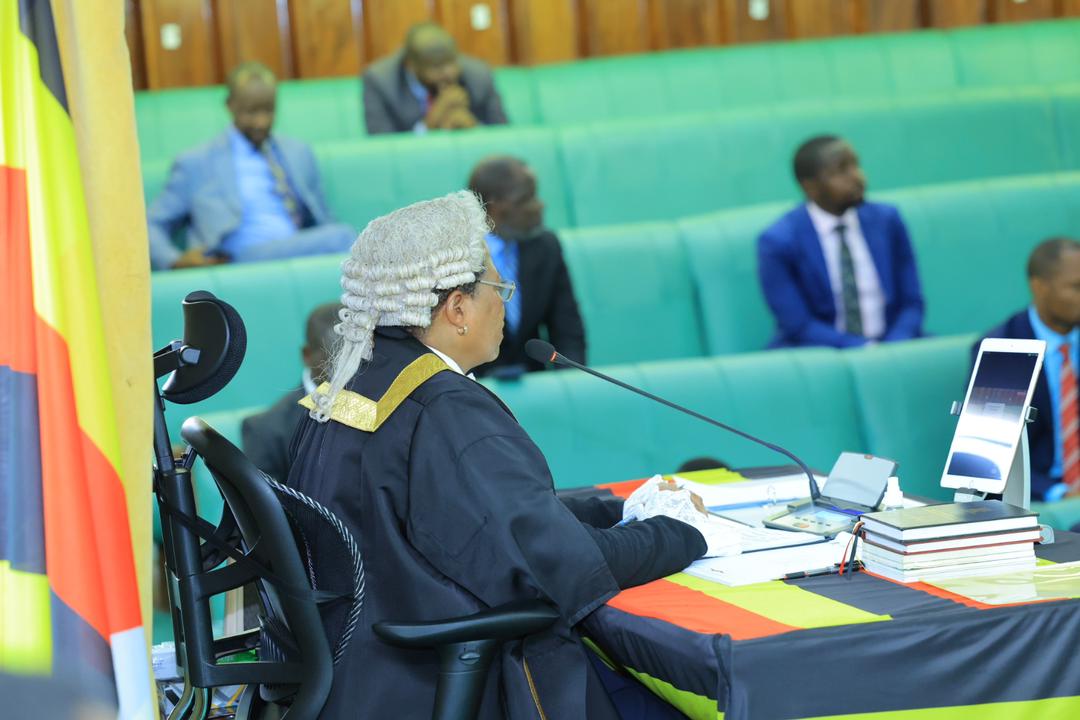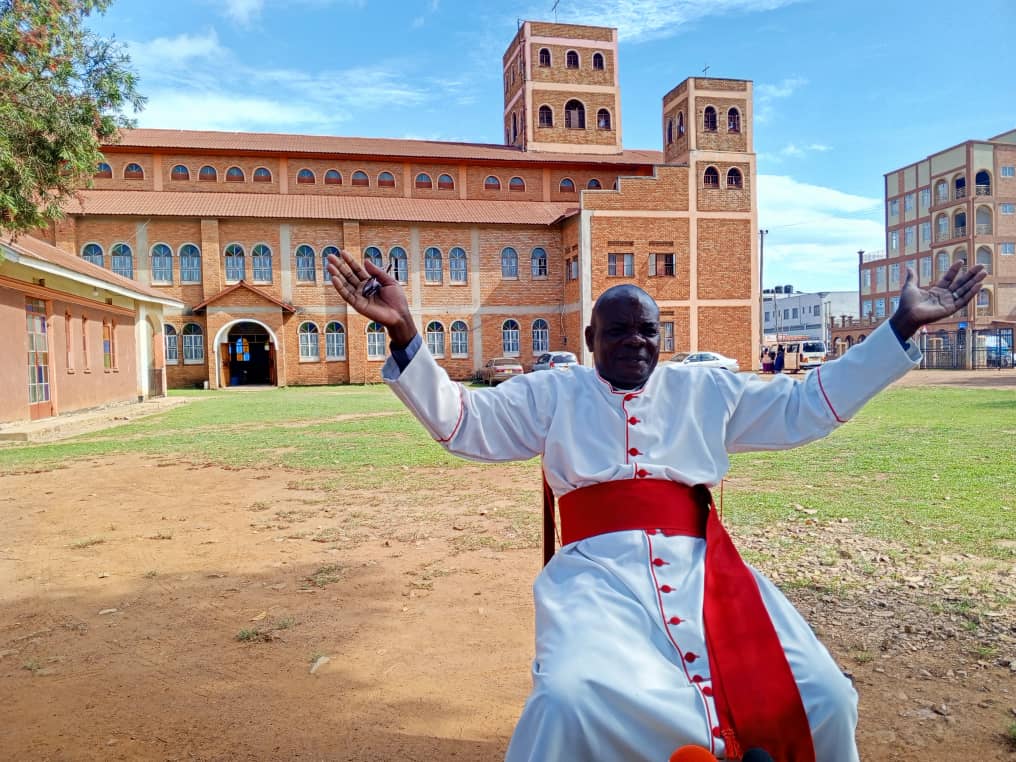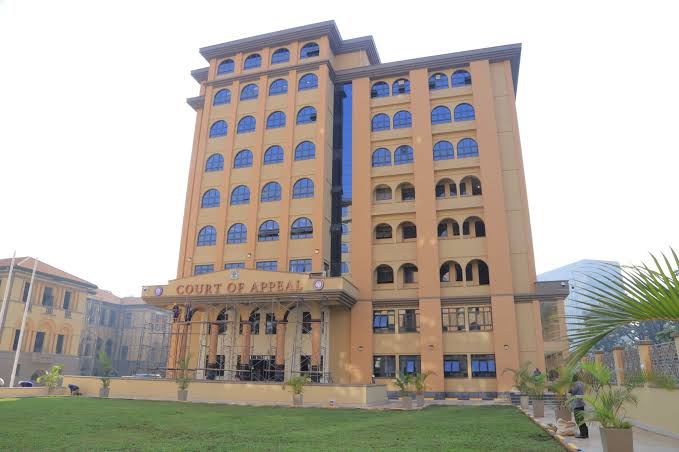Sheltam reportedly emerged the highest bidder after indicating that it would source funding from ABSA, a South African financial service provider. It was hoped that ABSA would provide Sheltam with credit to run the railway in Kenya and Uganda.
Sheltam also presented Comazar Railways- the South African group dealing in Railways as its partner. Comazar's presence in the deal was viewed as a sign of strength because it was allegedly in advanced negotiations to take over the-781 gauge line from Addis Ababa to the port of Djibouti.
Comazar was allegedly also in negotiations for a concession to run the railways in Madagascar. Sheltam also presented Grindrod-a renowned South African logistics firm as part of its backers while bidding to run the ancient railway link between the Kenyan port of Mombasa and Kampala.
With the 25-year concession for the management of freight traffic on the entire line, the company also bid for a seven-year contract to provide passenger services on the Kenyan section of the railway.
Uganda's spur lines to Port Bell on Lake Victoria and the Tororo-Soroti- Gulu route would later be included in the freight concession. Nine firms originally expressed interest in the tender.
They included Sheltam Trade Close Corporation of South Africa, which later won the concession, Canac of Canada; Optima Management Services Ltd of the UK; Danish-Kenyan joint venture and Maersk Kenya Ltd, China Railway First Group Company Ltd; Indian firm RITES Ltd.
Others included Holtrade GmbH of Germany; NLPI Private Ltd of Mauritius and Anglo-Kenyan firm Magadi Soda Company Ltd. Seven firms were pre-qualified but only five submitted bids. Opening of the financial proposal took place in 2005 with Sheltam Railway Company Ltd being announced as the preferred bidder.
It is alleged that Sheltam's bid arrived in the middle of the bidding process. Indian-based firm, RITES Ltd emerged second preferred bidder. The allegations are collaborated by researchers from Tanzania- based Uongozi Institute.
They said the circumstances behind the admission of Sheltam's bid in the later stages of the process weren't clear. The idea of creating a unified East African railways network through the joint concessioning of the Kenya Railways Corporation, Tanzania Railways Corporation and Uganda Railways Corporation had been under consideration until 2003, when the Government of Tanzania decided to opt out.
Sheltam's Trouble Begin
The Consortium that Sheltam had promised to include ABSA and Comazar Railways burst before the concession agreement was signed. Both ABSA and Comazar pulled out despite being lined up by Sheltam as financial backers.
ABSA Capital had reportedly handed Sheltam a letter of comfort to raise at least US$35 million as part of the requirements for pre-qualification. Sheltam was required to raise $24 million equity in December 2005 to move the deal to a financial close.
But the company didn't have the required money. It was granted a- 45 day period to raise the US$24m. As a result, signing of the concession was moved from January 2006 to the end of October 2006 when a financial close was reached.
Former Works, Transport and Communications Minister, John Nasasira, and Professor Peter Kasenene, the state minister for privatization negotiated the deal alongside other members of the joint concession steering committee.
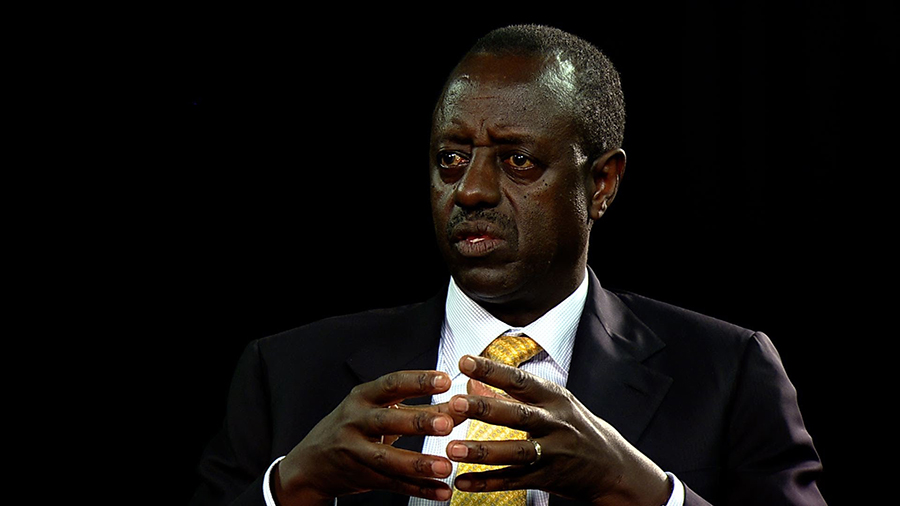 John Nasasira
John Nasasira
Nasasira and Prof Peter Kasenene thought the joint concession would positively turn around the railway operations in the two countries.
Sheltam then moved to set up its subsidiaries under Rift Valley Holdings in Uganda and Kenya to take over operations in both countries. Rift Valley is said to have underperformed in both Uganda and Kenya forcing the two countries to terminate the 25-year concession.
"There is even a time when I said go and show me that you have capacity to raise US$10 million because one of their big problems was to finance various things, particularly rehabilitating the infrastructure. They failed to do that," said Kasaijja
Rift Valley Holdings put Uganda Railways Corporation on legal notice early this month warning against the takeover.
But Kasaijja revealed that RVR seems to be resorting to arbitration in effort to call off the current standoff.



